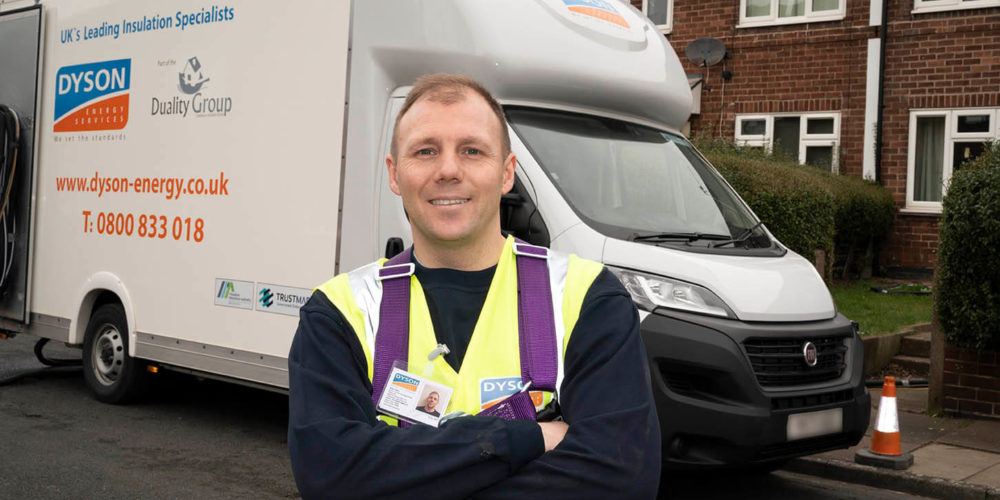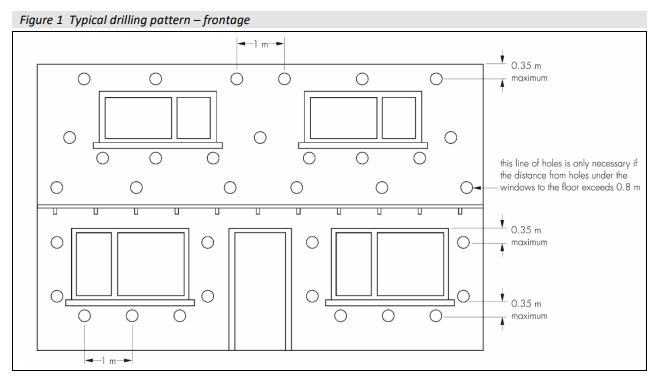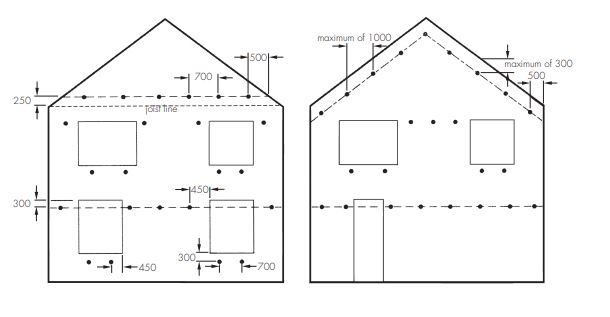Heat will always flow from a warm area to a cold one. In winter, the colder it is outside, the faster heat from your home will escape into the surrounding air. In general, houses built from the 1990s onwards have wall insulation to keep the heat in, but if your house is older than that it may not have any wall insulation. If this is the case then you may be losing a lot of heat from your home, as heat can escape more quickly through uninsulated walls. Most types of walls can be insulated in one way or another. If you have a typical house with cavity walls, you could save up to £485 per year (based on a detached house) in heating bills just from insulating the walls. The first thing you need to find out is what sort of walls you have.
Can I get free cavity wall insulation?
The short answer is YES!
Dyson Energy Services is one of the approved delivery partners on the Connected For Warmth Scheme.
The fund is available to anyone who falls into Council Tax band A-D without the need to receive benefits. You can read more about the free cavity insulation fund here and apply.
So what is Cavity Wall Insulation?
Most homes built after 1935 will be constructed with a masonry cavity wall. This is where there is a gap between your internal and external wall which can be filled by drilling a series of holes and pumping in either mineral wool or a polystyrene bead. The work only takes around half a day to complete. Homes built after 1995 should already have adequate levels of insulation in the cavity.



